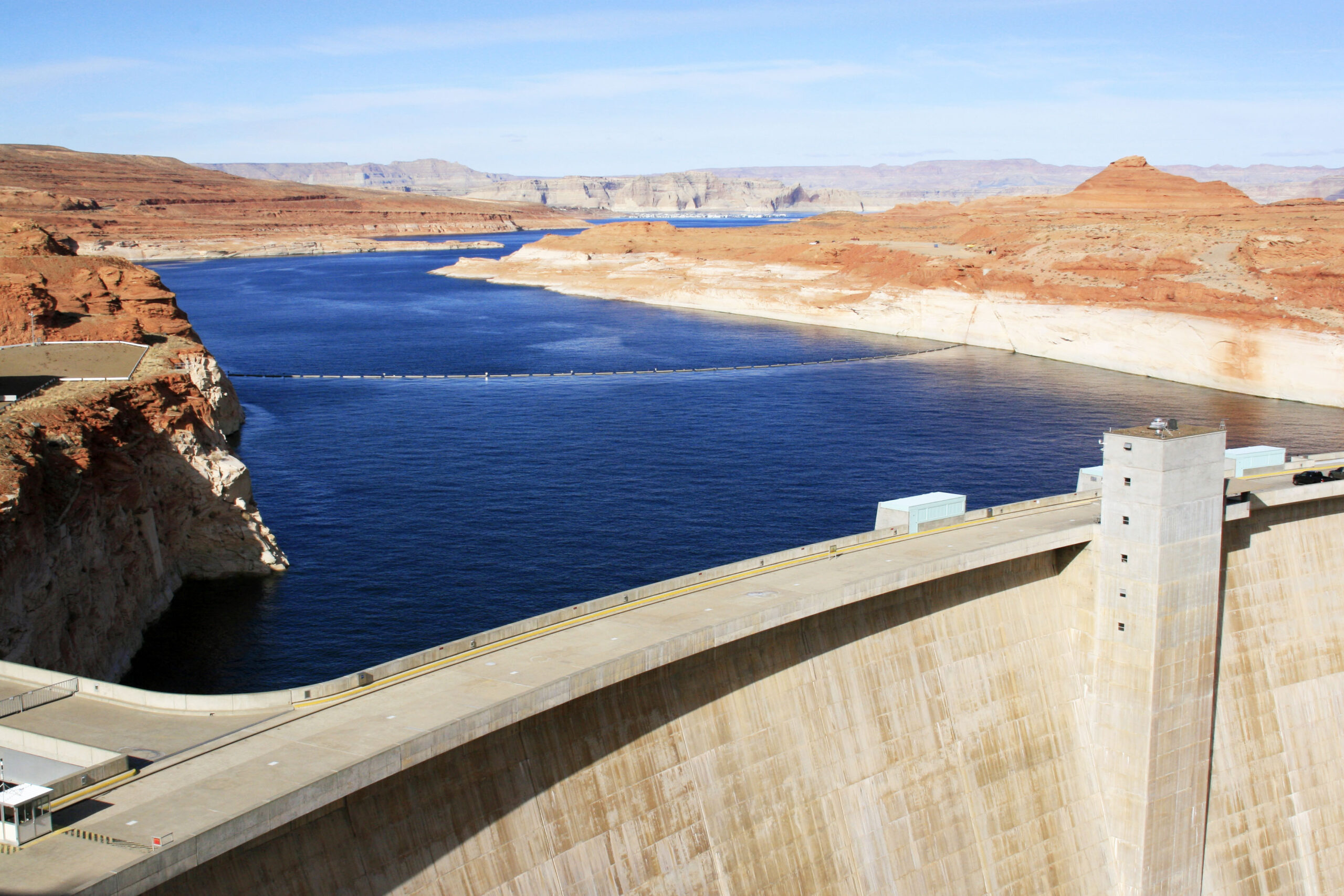Arizona golf courses exceed water allotments
A recent (July 31) article in the Arizona Republic outlines how local golf courses are going over their water allotments, underlining how little conservation is being taken seriously in the Phoenix area. (author)
As the article states, Arizona golf courses have claimed that they are part of the drought solution, often claiming that they are national leaders in water conservation.
However, a three-month research effort by reporters at the Republic has found differently. The Arizona Department of Water resources has tried to cut golf course water allotments by 3.1% but has failed to do so.
The Republic found: 30-50% of AZ golf courses have exceeded their allotments each year in the past two decades. The share of golf courses relying on reclaimed or recycled water has been unchanged since 2006.
While AZ golf courses use only 2% of the state’s water, they use 9% of water consumed in municipalities.
In a typical year, the collective over-consumption has totaled around 15,000 acre-feet – enough to sustain 45,000 single family homes for a year.
The Dept. of water resources can set water allotments for all golf courses, but only has authority to act against courses that use groundwater. In 2020, 45% of golf courses that depend on groundwater exceeded their allotments.
Almost all golf courses that have exceeded allotments have faced no consequences. This is due to the fact that the Dept of Water Resources has stipulated penalties only twice in the last 20 years. The department’s stated goal is to “collaborate rather than levy fines.”
But obviously this has not worked very well, given the numbers. And the governor’s office has stated that “it is more important to bring users into compliance than to levy fines.”
In a time of serious drought and impending Colorado cuts, it would seem to me (author) that even a simple conservation effort for golf courses could be implemented and monitored.


